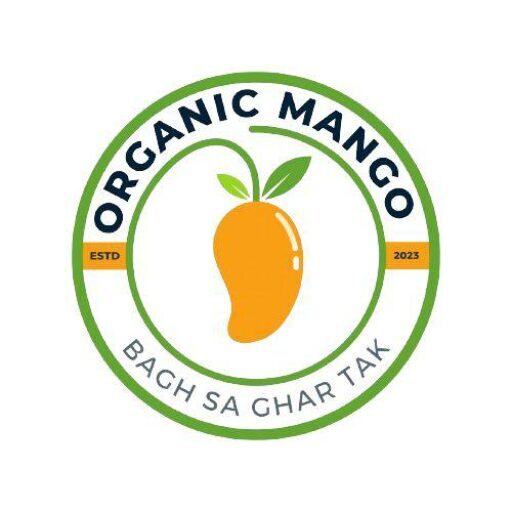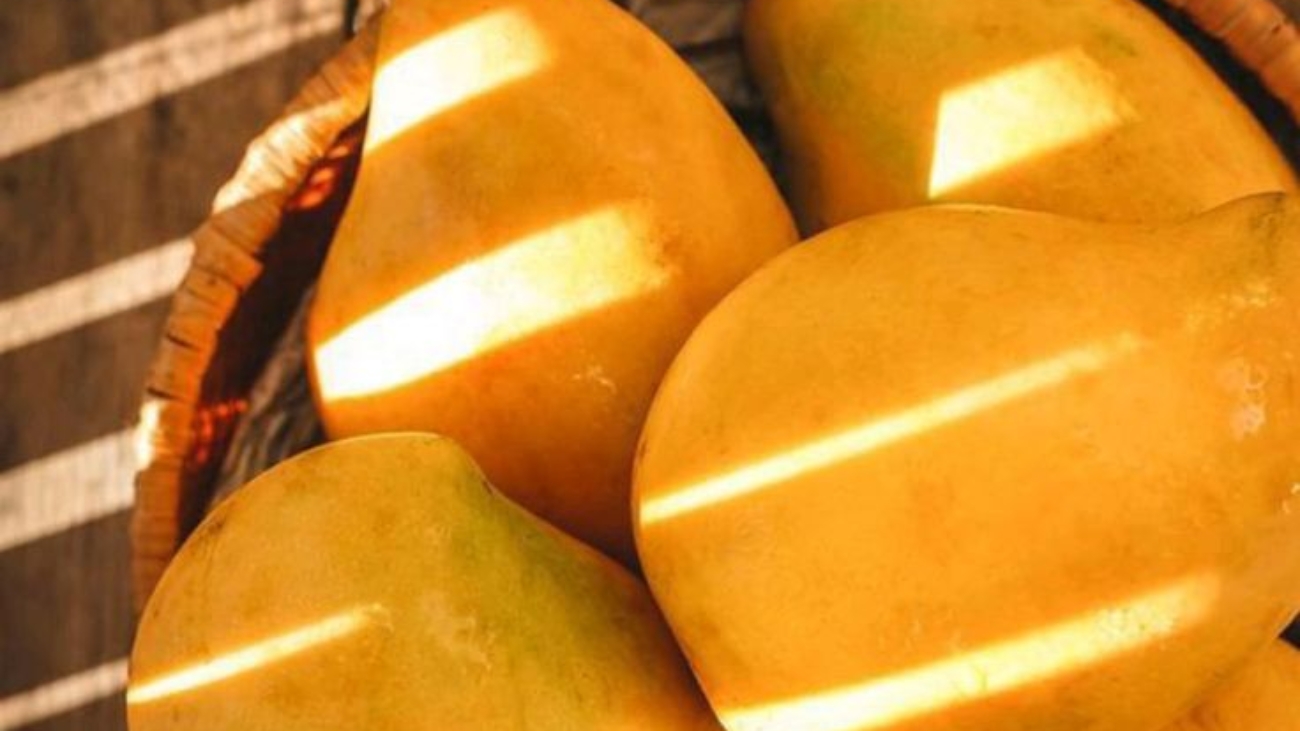🥭 The Sweet Way to Health: Amazing Health Benefits of Mangoes
Mangoes are more than just a delicious summer treat—they’re a powerhouse of nutrition packed into golden, juicy flesh. Often called the “King of Fruits”, mangoes not only satisfy your sweet tooth but also offer a range of health benefits that support your well-being.
Let’s explore why adding mangoes to your diet can be a smart (and tasty) health choice.
🍊 1. Rich in Vitamins and Antioxidants
Mangoes are loaded with vitamin C, a vital antioxidant that boosts the immune system, supports collagen production, and helps the body absorb iron. They also contain vitamin A, essential for eye health and glowing skin.
✅ One cup of mango provides over 60% of your daily vitamin C needs!
🧠 2. Supports Brain Health
Mangoes contain vitamin B6, which plays a key role in maintaining brain function. They also have glutamine acid, an important amino acid for memory and concentration.
💩 3. Aids Digestion
Mangoes are a great source of digestive enzymes like amylases, which help break down complex carbs. They also contain fiber, promoting a healthy gut and preventing constipation.
❤️ 4. Heart Health Booster
Thanks to its potassium and magnesium content, mangoes help regulate blood pressure and keep the heart functioning properly. The antioxidants in mangoes also fight oxidative stress, lowering the risk of heart disease.
👁️ 5. Good for Eye Health
Mangoes are rich in lutein and zeaxanthin, two powerful antioxidants that protect your eyes from harmful blue light and reduce the risk of age-related macular degeneration.
🛡️ 6. Strengthens Immunity
Besides vitamin C and A, mangoes contain folate, vitamin E, and several B vitamins that work together to enhance your body’s defense system.
💎 Bonus: Great for Skin & Hair
The nutrients in mangoes promote healthy skin by supporting collagen formation and reducing acne. Vitamin A also encourages the growth of healthy hair.
🥭 Add Mangoes to Your Diet
- Blend them into smoothies
- Add to salads for a sweet twist
- Make fresh mango salsa or chutney
- Enjoy chilled slices as a snack or dessert
Final Thoughts
Whether you enjoy them fresh, in juice, or as part of a dish, mangoes are a nutritious and delicious way to boost your health. So this summer, indulge guilt-free and let mangoes add a burst of sunshine and wellness to your life.



